Steelhead Float Fishing: The Finer Points
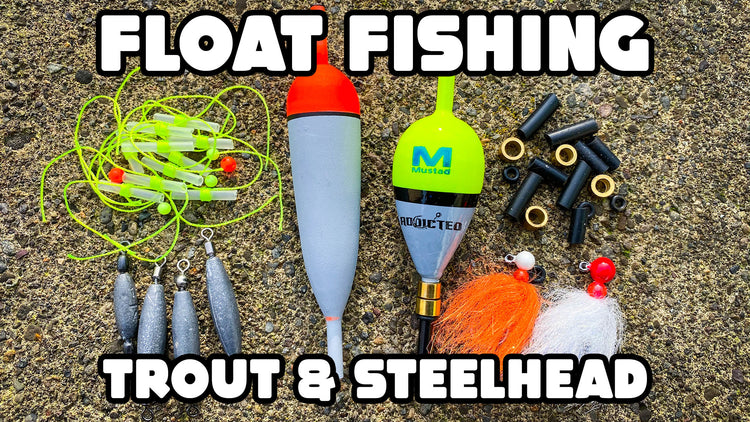

Float fishing is an essential part of any fisherman's skill set, whether it be rivers, lakes or saltwater there’s an application for it. The variety of lures or bait you can put below is vast and pretty much only limited by the imagination. In this article and associated video we will be discussing the advantages of fixed vs. slide floats for Salmonids and how to fish them.
Float fishing, the way it is now utilized all over the west coast and mid-western states is a relatively young technique in the world of salmon and steelhead angling; it really gained momentum during the 70s in the British Columbia area of Canada. The aptly named BC bobber was one of the first and most common iterations of a float used for decades. Thankfully the development of newer bobber styles emerged which made rigging more simple and designs that fished more effectively. I remember trying to use the old BC bobbers as a kid and it felt like such a hassle that I would usually resort back to drift fishing. These days it is the polar opposite, I almost never drift fish and my only rod that doesn't have a bobber setup is reserved for spoons and spinners.

The most common rod/reel setups used for bobber fishing are a minimum of 9 to 10.5 feet long generally paired with a 3-4000 series spinning reel or for those who like to use bait casters a 200 series for steelhead and 300 series for larger salmon. I prefer the 4000 size for spinning reels due to their high line capacity and stronger drag rating which transfers over nicely to fishing for chinook or coho.
When choosing a rod length there are a couple things to take into consideration, how large the river system you are fishing is and how much cover (i.e. trees, bushes) are you going to contend with, while trying to cast. Then there are centerpin float rods which are insanely long to help with mending line but that is a subject better saved for another time. In terms of rod power, again will be dictated by what species you are targeting, lighter rods like a 6-12lb or 8-17lb are perfect for steelhead, coho and medium chinook. When targeting larger nooks or chum I prefer a 10-25lb incase you need to put some extra muscle on the fish.

For line, there's one clear choice...braid, I don’t know how we ever float fished without it. Like Marlin and Jordan, I prefer Tufline Domin8 in 40lb hi-vis yellow because the slightly larger diameter helps it stay on top of the water better which makes mending your line easier without influencing your bobbers “natural” free drift presentation and the. To have the best mendability I prefer fluorocarbon leaders short enough that the knot joining it and the braid never gets reeled onto your spool. To add stealthiness in any water conditions you can black out a section of braid with a permanent maker; I found that the Sharpie rubadub cloth version works best, it doesn’t bleed out or smell as much as the original. If you do this, after applying the marker take a paper towel and pinch the line going up and down to remove the excess, it may take a few passes to soak it all up. Leader weight will be dependent on water levels and clarity, 8-12lb is pretty standard.
Below we can see the two float types, on the left is the Addicted Mustad Fixed Float system which can be purchased in either pink or green. On the right is the sliding float setup, the rigging is covered well in the associated video so for the complete breakdown check out the video below.


A couple of the finer points of the sliding setup I'd like to touch on are the addition of a corky bead on top of the float and bumper bead below. The corky on top acts like an indicator of its own, after making your cast if that bead doesn’t pull tight to the float it usually means your gear is tangled and the inline weight is not sinking because of it and you should reel in right away. The rubber bumper bead (see image below) which I only discovered last year does a couple small things, it deadens the sound that would be created by the metal bobber insert impacting the swivel, cushioning that impact also keeps your floats in better condition over the long run. Any burs created at those metal tips will slowly fray your mainline leading to a potentially untimely breakage.

Once the rigging is complete and your leader tied on, comes the biggest question of them all...what am I going to attract the target species with? It can be mind numbing, spending hours researching what colors when and why, what size, scent, bead no bead, rabbit fur, marabou, how much to cut my worm down etc. etc. You get the point. But don't feel overwhelmed; a simple base set of a few colors of jigs, beads or worms to suit variable conditions is a good start. A great place to start your search for tackle is right here on the ADX store website. We carry almost everything an angler would need to go out and successfully use these two float setups.
Now that you've got your two setups ready to go, you need to decide which one is best suited to the conditions you are fishing. The sliding setup is good for almost all depths where the fixed float is limited by how much leader you can effectively cast the distance you are shooting for. The fixed setup really shines in smaller, clear and/or low water conditions due to its increased sensitivity and stealthiness because there is no in-line weight dangling below it. As I mentioned the fixed float is really only limited by how much leader you have out at the start of your cast due to it being pegged in one position as where the slider will always return to your weight leaving only a few feet of leader to cast opposed to trying to whip nine feet out.
The sliding float has its advantages in deeper water as well as larger more turbulent waters where you are mending a lot of line more often. Because you have the aptly named in-line weight between you and your lure it gives you a little buffer while mending before it has much influence on it. The unnatural fall twitch or rise of your offering caused by mending can spook weary steelhead. Mending is required to keep your line straight to your bobber to aid in quick hook sets as well as keeping your bobber as perfectly vertical as possible to allow a natural presentation.

Fishing water that has varying speeds across it or some boils and small whirlpools will require more mending as the braid sitting on the surface will be pulled in different directions. Watch out for those whirlpools they will take your line under requiring a harsh mend to get your gear moving downstream again. If you choose a fixed setup you will find that your mending skills need to be on point, the lack of the in-line weight requires a more delicate mend to keep your presentation in a neutral state.
Over time bobber fishing will help you read the water and know your runs by identifying patterns of where fish hold, when and why they hold there. An understanding of what the bottom is like is also important so don’t be afraid to gradually set your bobber deeper till you find bottom but once you do be quick to come back up about six to twelve inches so you don't snag up and lose your gear. Picking the run apart systematically by starting shallow and adjusting in six to ten inch increments will ensure you are fishing in the strike zone; whether it be on the first cast or the last adjustment of depth to thoroughly cover the hole. Get out there and start picking those runs apart, you never know what rock your next trophy might be hiding behind.
For more in depth explanation watch our video on the subject below.


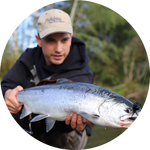

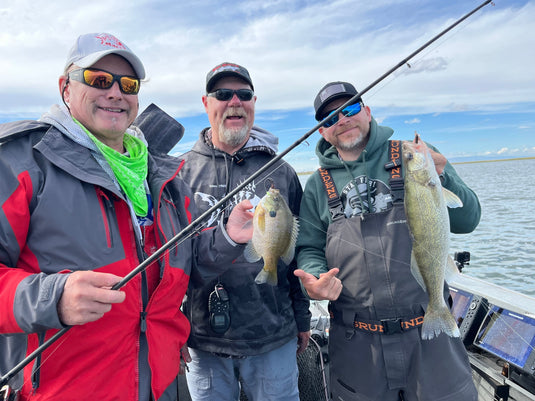
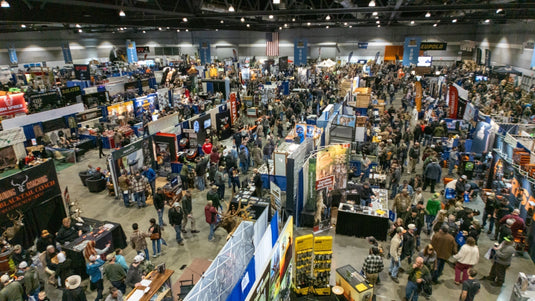
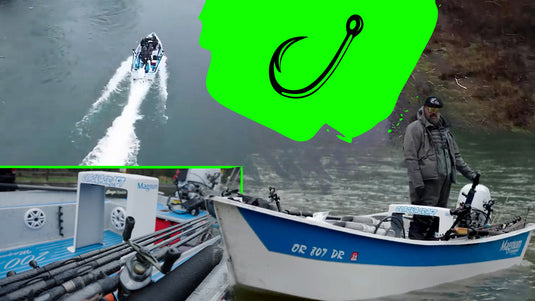

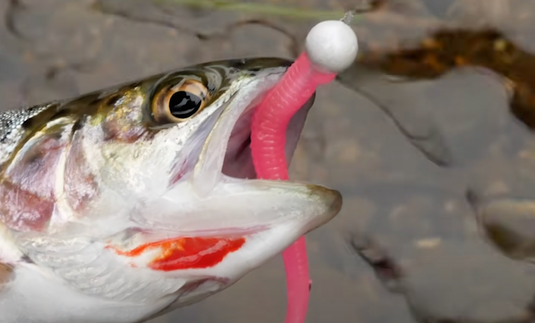
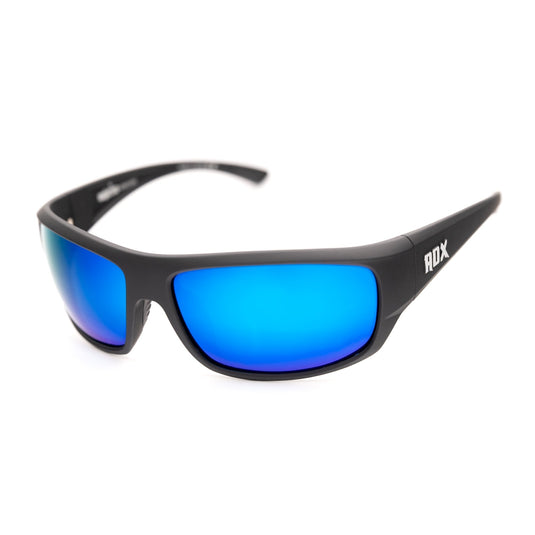
OUTFRICKINSTANDING!
Welcome, join the crowd!
Thanks for everything you guys do for us. I learn so much. This is an awesome video.
Where do I to buy your addiction weighted bobbers.
Lower bead with a hole diameter large enough to straddle the swivel knot will prevent it from chaffing the knot and a potential bobber loss.